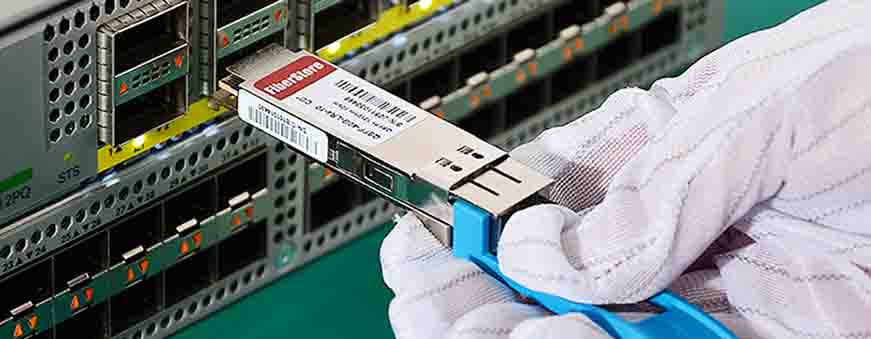What is SFP Module?

SFP stands for “small form-factor pluggable” and transceiver means a device that can both transmit and receive data. This article “SFP Transceivers Explained” is intended to describe all about SFP transceivers in detail that could help network professionals understand about SFP optics and its types.
The SFP transceiver is a compact, hot-swappable device that plugs into a physical port of a network device. SFP optics are used in communication networks and have a transmitting side (Tx) and a receiving side (Rx). The transceiver has a laser which communicates to the receiving side of the other optic on the other side.
SFP optics are designed to support several communication standards including SONET, Gigabit Ethernet and Fibre Channel. SFP interfaces on networking devices such as routers provide a modular interface that can be readily adjusted to fiber optic and copper networking specifications.
The SFP is also known as miniGBIC. GBIC is the Gigabit Interface Converter (another transceiver model) and since the SFP is smaller than GBIC in size, it is called miniGBIC therefore. SFP came into existence later than GBIC and serves the same purpose as GBIC module but because of its smaller size, SFP has replaced the GBIC in most applications today.
SFP usually comes with the LC connector (Lucent connector) unlike GBIC that generally comes with the SC (Standard connector). Just to clarify, LC and SC connectors are fiber-optic cable connectors that are differentiated based on their sizes.
